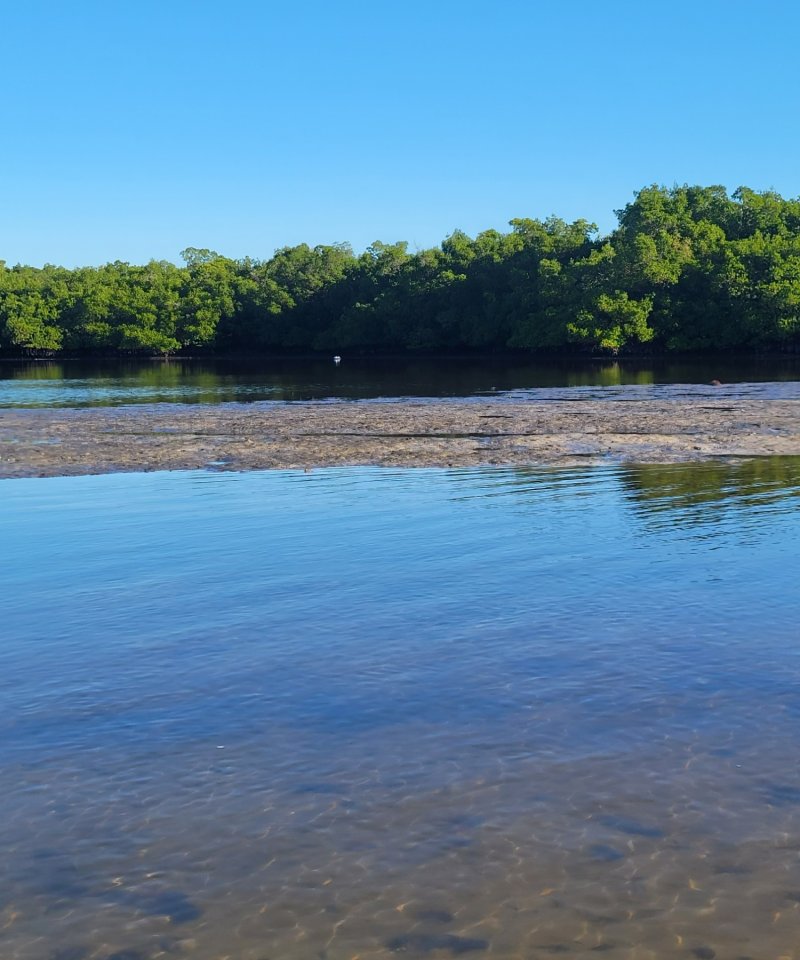Subtropical Tidal Saline Wetlands of Southern Coast and Islands
Scenario model
Current ecosystem state
Select a state
Management practices/drivers
Select a transition or restoration pathway
-
Transition T1A
Land Encroachment
More details -
Transition T1B
Invasion of Non-Native or Exotic Plant Species
More details -
Transition T1C
Human Alteration / Transportation of Materials
More details -
Transition T1D
Increase in Long-Term Hydroperiod
More details -
Transition T2A
Invasion of Non-Native or Exotic Species
More details -
Transition T2B
Human Alteration / Transportation of Materials
More details -
Transition T2C
Increase in Long-Term Hydroperiod
More details -
Restoration pathway R3A
Mechanical / Biological/ Chemical Removal of Species
More details -
Restoration pathway R3B
Mechanical / Biological/ Chemical Removal of Species
More details -
Transition T3A
Human Alteration / Transportation of Materials
More details -
Transition T3B
Increase in Long-Term Hydroperiod
More details -
Transition T4A
Increase in Long-Term Hydroperiod
More details -
No transition or restoration pathway between the selected states has been described
Target ecosystem state
Select a state
State 1
Salt Marsh
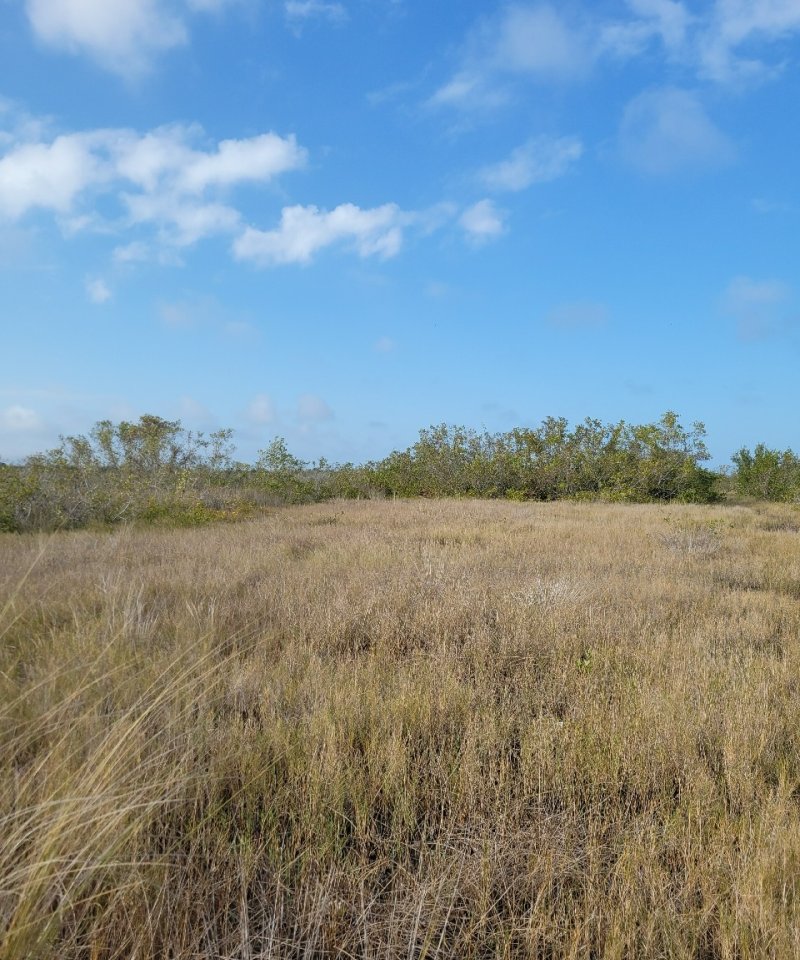

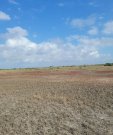

Description
These are largely herbaceous communities that occurs in the portion of the coastal zone affected by tides and seawater and protected from large waves, either by the broad, gently sloping topography of the shore, by a barrier island, or by location along a bay or estuary. Salt marsh may have distinct zones of vegetation, each dominated by a single species of grass or rush. More halophytic species dominates the seaward edge and borders of tidal creeks, areas most frequently inundated by the tides. The landward edge of the marsh is influenced by freshwater influx from the uplands and may be colonized by a mixture of high marsh and inland species. A border of salt-tolerant shrubs often marks the transition to upland vegetation or low berms along the seaward marsh edge. The following communities are mentioned separately due to their slight differences in different landscape positions. These often grade into one another but many times can not transition to one another.
Characteristics and indicators
These are characteristic of grasses and herbaceous species directly adjacent to a saline or brackish body of water with large layers of undecayed organic material.
Submodel
State 2
Mangrove Swamps
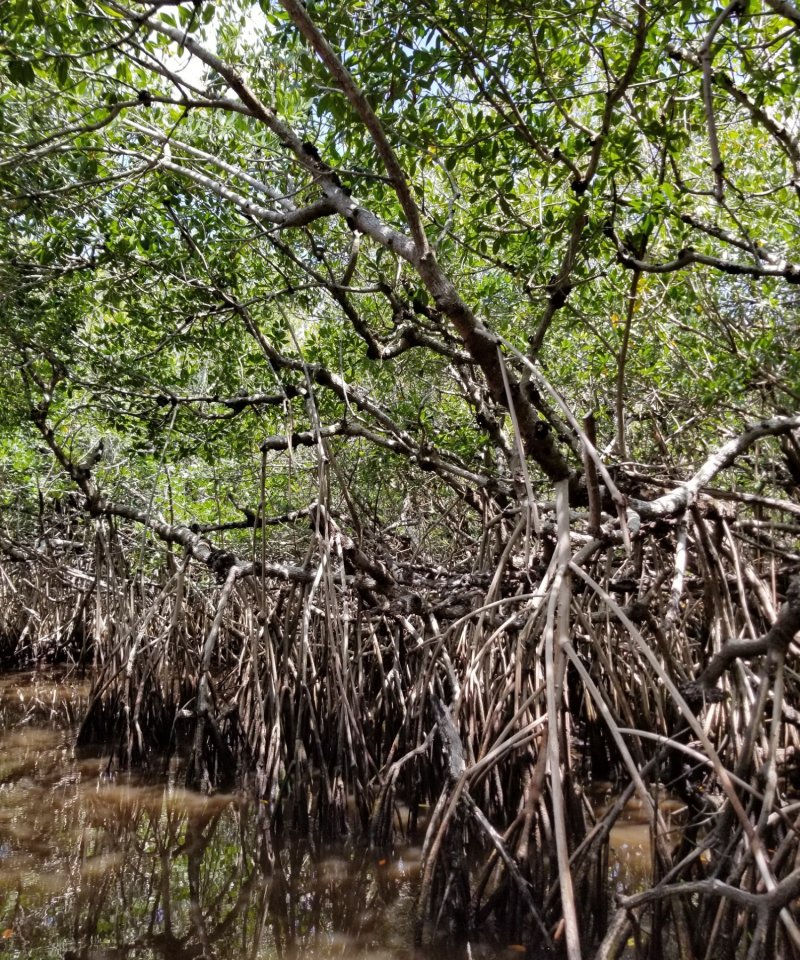

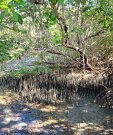
Description
These are dense forests occurring along relatively flat, low-wave energy, marine and estuarine shorelines. These species are dominated by mangroves, and often found in mixed stands or in differentiated, monospecific zones that reflect differences in tidal influence, salinity, and / or type of substrate. The following communities are mentioned separately due to their slight differences in different landscape positions. These often grade into one another but many times can not transition to one another.
Submodel
Description
This state consists of Florida Department of Agriculture and Consumer Services (FDACS) Non-Native Category 1 Species list . More information on these species list can be found:
https://www.fdacs.gov/content/download/63140/file/Florida%E2%80%99s_Pest_Plants.pdf
or by contacting the UF / IFAS Center for Aquatic and Invasive Plants (http://plants.ifas.ufl.edu/),
the UF / IFAS Assessment of Non-native Plants in Florida's Natural Areas (https://assessment.ifas.ufl.edu/),
or the FWC Invasive Plant Management Section (http://myfwc.com/wildlifehabitats/invasive-plants/).
This community will not represent every possibility of invasive species but rather the most common in these areas.
Characteristics and indicators
Non-native species include species that exist outside of Florida's native range and introduced to the state by people, weather, or any other means.
Resilience management
This state can be found as a part of any other state and can completely destroy the native habitat if not properly managed. Restoration to natural communities after exotic invasion include practices such as mechanical, biological, and chemical removal.
Description
These areas include soils that were intentionally and substantially modified by humans for an intended purpose, commonly for terraced agriculture, building support, mining, transportation, and commerce. The alteration is of sufficient magnitude to result in the introduction of a new parent material (human-transported material) or a profound change in the previously existing parent material (human-altered material). They do not include soils modified through standard agricultural practices or formed soils with unintended wind and water erosion. When a soil is on or above an anthropogenic landform or microfeature, it can be definitely be associated with human activity and is assigned to a unique taxa, usually found as an "Urban land complex" within that communities' natural soil properties (e.g., Keylargo muck, tidal-Urban land complex, 0-1% slopes).
Characteristics and indicators
Evidence of these areas include soils with manufactured items (e.g. artifacts) present in the profile, human altered-materials (e.g., deeply excavated or deeply plowed soil) or human-transported material (e.g., fill), and position on or above anthropogenic landforms (e.g., flood-control levees) and microfeatures (e.g., drainage ditches). Detailed criteria regarding the identification of anthropogenic (artificial) landforms, human-altered materials, and human-transported material are in the "Keys to Soil Taxonomy" (Soil Survey Staff, 2014).
Submodel
Description
This state describes the impact of increased hydroperiods from anthropogenic or natural causes that creates an altered hydrologic state resulting in permanent flooding. The impact of this causes destruction of the terrestrial community and may in time shift to a subaqueous community.
Characteristics and indicators
This state is characterized by permanent water levels in an area that was previously in an intertidal zone.
Resilience management
This is a final state and unlikely and improbable to go back to the original reference state.
Submodel
Mechanism
This mechanism is driven by land encroachment, in which mangrove communities are able to move landward as their growth conditions change (e.g., increase salinity, decreased freshwater, sea level rise, more intense tidal flooding). Mangroves are well adapted to various salinities and are able to rapidly colonize and area.
Constraints to recovery
Shifts to mangrove communities are usually seen with changes in sea level rise, and recovery back to salt marshes are typically unseen due to the success of mangroves in more hostile saline conditions.
Mechanism
The invasion of non-native or exotic species can be driven by a multitude of different environmental factors such as changes in natural hydroperiods or in fire regimes. Typically once a change in one of the two factors mentioned above occurs, non-native or exotic invasive species become established and begin to compete with native species for habitat and nutrients.
Constraints to recovery
Recovery from non-native or exotic invasive species may be difficult due to many adaptations which allow them to survive and outcompete in intolerable conditions. Localized knowledge for each species must be known for best removal of it without harming the native environment, and often different treatments must be applied over one given area.
Context dependence
Growth of non-native and exotic invasive species can be rapid following a change in a natural stressor such as fire frequency or natural hydroperiods which might have once kept the invasive species at bay.
Mechanism
This transition is driven by the alteration and/ or transportation of materials via anthropogenic means.
Mechanism
This is driven by increased hydroperiods, both anthropogenic and natural, which causes long-term flooding and permanently altering the state.
Mechanism
The invasion of non-native or exotic species can be driven by a multitude of different environmental factors such as changes in natural hydroperiods or in fire regimes. Typically once a change in one of the two factors mentioned above occurs, non-native or exotic invasive species become established and begin to compete with native species for habitat and nutrients.
Constraints to recovery
Recovery from non-native or exotic invasive species may be difficult due to many adaptations which allow them to survive and outcompete in intolerable conditions. Localized knowledge for each species must be known for best removal of it without harming the native environment, and often different treatments must be applied over one given area.
Context dependence
Growth of non-native and exotic invasive species can be rapid following a change in a natural stressor such as fire frequency or natural hydroperiods which might have once kept the invasive species at bay.
Mechanism
This transition is driven by the alteration and/ or transportation of materials via anthropogenic means.
Mechanism
This is driven by increased hydroperiods, both anthropogenic and natural, which causes long-term flooding and permanently altering the state.
Mechanism
Mechanical, biological, and chemical removal strategies include removing the non-native and exotic invasive species through various mechanisms. Localized knowledge for individual non-native or exotic invasive species is needed for specific management. Sometimes introduction of fire regimes may prevent or stop the growth of non-native or exotic invasive species, but many species are fire tolerant. Mechanical removal might include roller chopping, harvesting, or cutting and removal of invasive species. Chemical removal might include aerial dispersal from planes, or basal bark injection treatments.
Context dependence
Mechanical, biological, and chemical removal of non-native and exotic invasive species is a time dependent process, with both removal types taking long times to be considered effective.
Mechanism
Mechanical, biological, and chemical removal strategies include removing the non-native and exotic invasive species through various mechanisms. Localized knowledge for individual non-native or exotic invasive species is needed for specific management. Sometimes introduction of fire regimes may prevent or stop the growth of non-native or exotic invasive species, but many species are fire tolerant. Mechanical removal might include roller chopping, harvesting, or cutting and removal of invasive species. Chemical removal might include aerial dispersal from planes, or basal bark injection treatments.
Context dependence
Mechanical, biological, and chemical removal of non-native and exotic invasive species is a time dependent process, with both removal types taking long times to be considered effective.
Mechanism
This transition is driven by the alteration and/ or transportation of materials via anthropogenic means.
Mechanism
This is driven by increased hydroperiods, both anthropogenic and natural, which causes long-term flooding and permanently altering the state.
Model keys
Briefcase
Add ecological sites and Major Land Resource Areas to your briefcase by clicking on the briefcase (![]() ) icon wherever it occurs. Drag and drop items to reorder. Cookies are used to store briefcase items between browsing sessions. Because of this, the number of items that can be added to your briefcase is limited, and briefcase items added on one device and browser cannot be accessed from another device or browser. Users who do not wish to place cookies on their devices should not use the briefcase tool. Briefcase cookies serve no other purpose than described here and are deleted whenever browsing history is cleared.
) icon wherever it occurs. Drag and drop items to reorder. Cookies are used to store briefcase items between browsing sessions. Because of this, the number of items that can be added to your briefcase is limited, and briefcase items added on one device and browser cannot be accessed from another device or browser. Users who do not wish to place cookies on their devices should not use the briefcase tool. Briefcase cookies serve no other purpose than described here and are deleted whenever browsing history is cleared.
Ecological sites
Major Land Resource Areas
The Ecosystem Dynamics Interpretive Tool is an information system framework developed by the USDA-ARS Jornada Experimental Range, USDA Natural Resources Conservation Service, and New Mexico State University.



